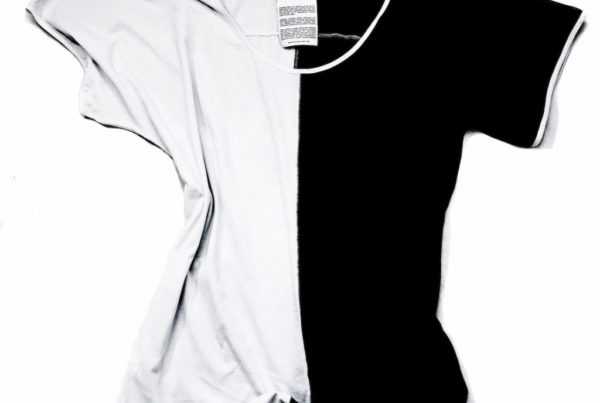Let’s face it, the advertising world targets your kids every day. What child hasn’t been disappointed after saving for months for a toy, only to find it doesn’t measure up to what the commercial promised? In my science classes I teach my students how science can be used to objectively test claims made by advertisers . . . in other words, how to be wise consumers. Here’s a fun idea that actually came from one of my students. It combines a lesson about consumerism, along with a lesson about conservation.
Design an experiment to test which is more cost efficient, using disposable or rechargeable batteries. I’ll list some of the variables to consider below, but your child can easily design this experiment themselves for some hands on practice using the scientific method.
1. Pick comparable battery brands to test. If you pick a name brand disposable battery, don’t compare it to a cheap store brand rechargeable, etc.
2. Use the same size battery of each type.
3. Test the battery life in the same way. An example would be using the battery to run any small electronic device. Measure the time the device remains in operation. Use the same device for both types of batteries, and keep the device under the same conditions (temperature, volume, etc.)
4. Decide on exactly what you’re comparing. Are you comparing the amount of time each battery will keep the device running? If so, you may want to also test different brands of each type. Are you trying to determine which type (disposable vs rechargeable) battery costs less in the long run? In that case, you’ll need to also factor in how many times the rechargeable can be recharged vs how many disposable batteries would have to be purchased to get the same result.
Again, those are just some suggestions of things to consider when designing the experiment. Your child will have plenty of ideas of their own. Gently guide them into using the scientific method to design their experiment so their results are valid.
Extensions of this lab are limitless! Older students can research the amount of waste produced by batteries or the amount of nonrenewable resources are used in the manufacturing of batteries. Find battery commercials or ads for the different brands and types tested. Challenge students to evaluate the claims made by the manufacturers based on the results of their experiment. This will usually lead to a discussion about the accuracy of claims made about other products. Encourage your child to select several products that are commonly used in your home and put them to the test! Teaching kids not to believe everything they see and hear from the media, and teaching them that they have the power to evaluate these claims for themselves is a valuable life lesson!




